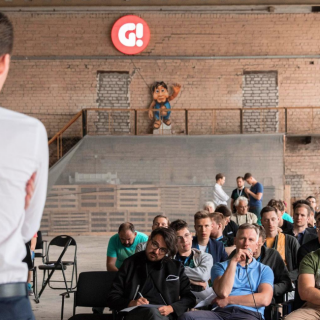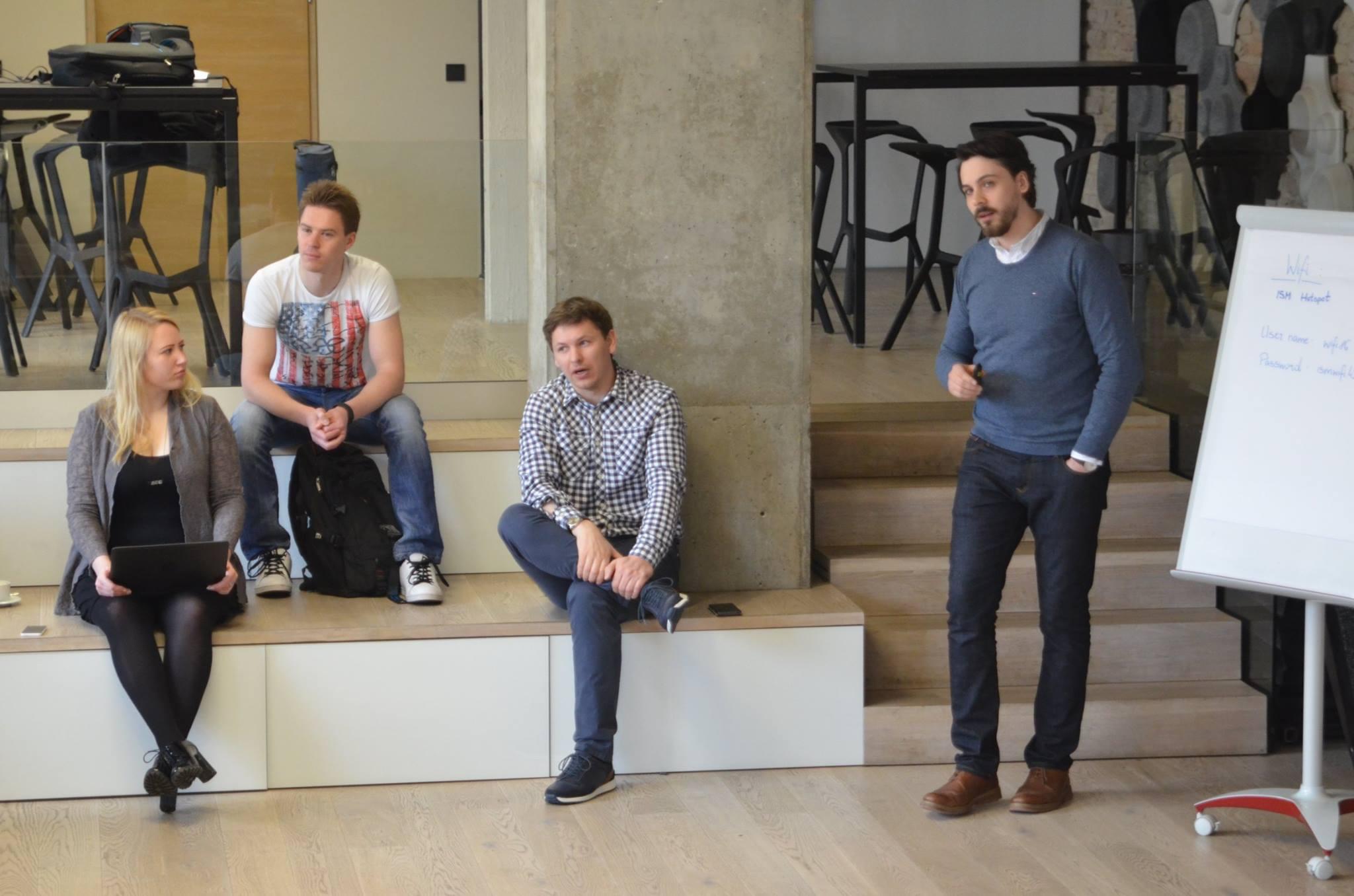Presenting online in front of investors and other life sciences experts on the Pitch Battle of Life Sciences Baltics, the forum for world-class biotechnology, pharma, and medical devices experts, can be both terrifying and exciting. All the same, this is a perfect occasion to showcase the projects and turn them into potential investment opportunities just with a little help of preparation.
On September 20-21 almost 30 life sciences startups from all around the world will join the Digital Startup Masterclasses as the part of startup activation programme at Life Sciences Baltics. The organizer of these masterclasses 2 AM Health, will support them to better prepare for the pitch through hands-on workshops and coaching. Based on their experience, here are 5 tips that will help startups to get ready for the upcoming Pitch Battle and to face the investors with ease:
- Know your numbers but remain humble in case you don’t have the answer. There is no need to mention that knowing your financial, clinical, and market data is essential before going to meet investors, so prepare well. That being said, honesty is also highly appreciated in the pumped-up VC world, in the case you might not know the answer or might not have the requested information. Very often we see defensive or avoidant reactions to uncomfortable, challenging or confronting questions from investors, however, there is nothing wrong with a sincere ““that is a good question, I haven’t thought about it, let me inform myself and get back to you on that one later”. It shows you are honest and ready to overcome the obstacle by taking immediate action- qualities of a reliable entrepreneur. Oh yes, NOTE THE EMAIL of the investor to show you take him/her seriously and DO WRITE afterward.
- Come with the team. Even though only one team member usually has the honor (and the stress) to pitch to the investors, make sure you invite the whole team to join you (backstage or in the virtual call) during the pitching. Investors look for people behind the brilliant products and technologies, and having your entire team backing you up -also with answers to the tricky questions- is a statement of unity, credibility, and well...teamwork that are important metrics for investors. They do rate “the team” as one of the main criteria when assessing an investment opportunity.
- Use a pitch content template specifically tailored to the life science industry. The life science industry has a lot of specifics-from regulatory requirements, to patenting, reimbursement, and so on- that other industries don’t have, therefore using a standard pitching template just won’t do. Additionally, don’t limit yourself to the template content outline only- for your own comfort you can add backup slides in case you might have to demonstrate a graph, a diagram or simply to provide more detailed information. For those participating in the Life Sciences Baltics Pitch Battle organizers will provide the templates specifically designed for the life science industry. Their structure and content outline are based on extensive experience preparing startups for pitching and on the collected feedback from life science investors.
- Practice to fit in the given time limit. It is very important to run some pitching tests before the event to make sure you will fit in the time limit. Some pitch contests are timed very strictly, especially those organized online- you don’t want to be cut only halfway through your pitch (and also get stressed about it as a consequence). Also, it is simply not professional to not manage your time wisely- investors might question- can you really manage your company if you cannot manage your own time. Therefore, practice, time it, and …breathe.
- Be excited and have fun. Pitching in front of investors is stressful, however, if you focus on your product and express the excitement about it (you know how awesome it is!) instead of questioning what investors are thinking- the energy of your pitch will change and it all will go smoother. Share your passion for the solution you have created, tell the story of how much it will help the patients, or solve the public health problems! Investors are also just people, therefore they are also moved by real, un-staged emotion- share that.




